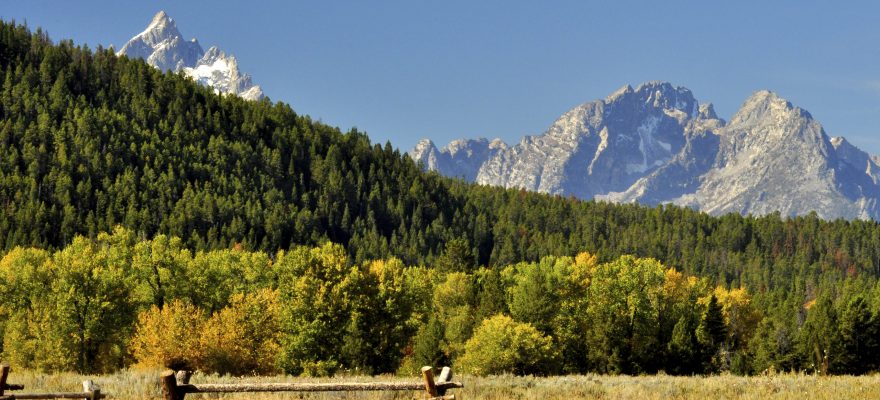
The U.S. National Park Service turns 100 years old on August 25, 2016. The centennial will kick off a second century of stewardship of America’s national parks and engaging communities through recreation, conservation, and historic preservation programs.
National parks are symbolic of the highest forms of conservation in the United States. They define the country’s history of stewardship and are examples of how economic, social and environmental interests come together to sustain beauty, life and culture.
National parks are also a major part of U.S. conservation and sustainability efforts. The first conservation legislative polices in the U.S. were enacted in the early 1900s. In 1916, President Woodrow Wilson signed the Organic Act creating the National Park Service on August 25. At the time, there were 14 national parks, 21 monuments and two reservations under the National Park Service. Today’s national park system includes more than 410 parks, monuments, historic sites and buildings and encompasses more than 35 million hectares (84 million acres) around the country.
America’s National Parks form a centerpiece of national environmental management policy. National Parks are set aside for special use and special treatment, but, importantly, they are not removed from commerce. Setting aside an area as a park does not prevent it from being developed. It subjects the land to a different kind of development. Development that is strictly monitored and controlled.
Former National Park Service Chief Scientist Theodore W. Sudia likened the establishment of the parks as a “part of national consciousness” that serves as “a positive incentive to preserve as well as to develop the world’s natural resources, while at the same time husbanding its cultural and natural heritage.”
With special events across the country, and free admission to all 412 national parks from August 25 through August 28, the National Park Service is encouraging everyone to join the party and #FindYourPark / #EncuentraTuParque for the centennial!


